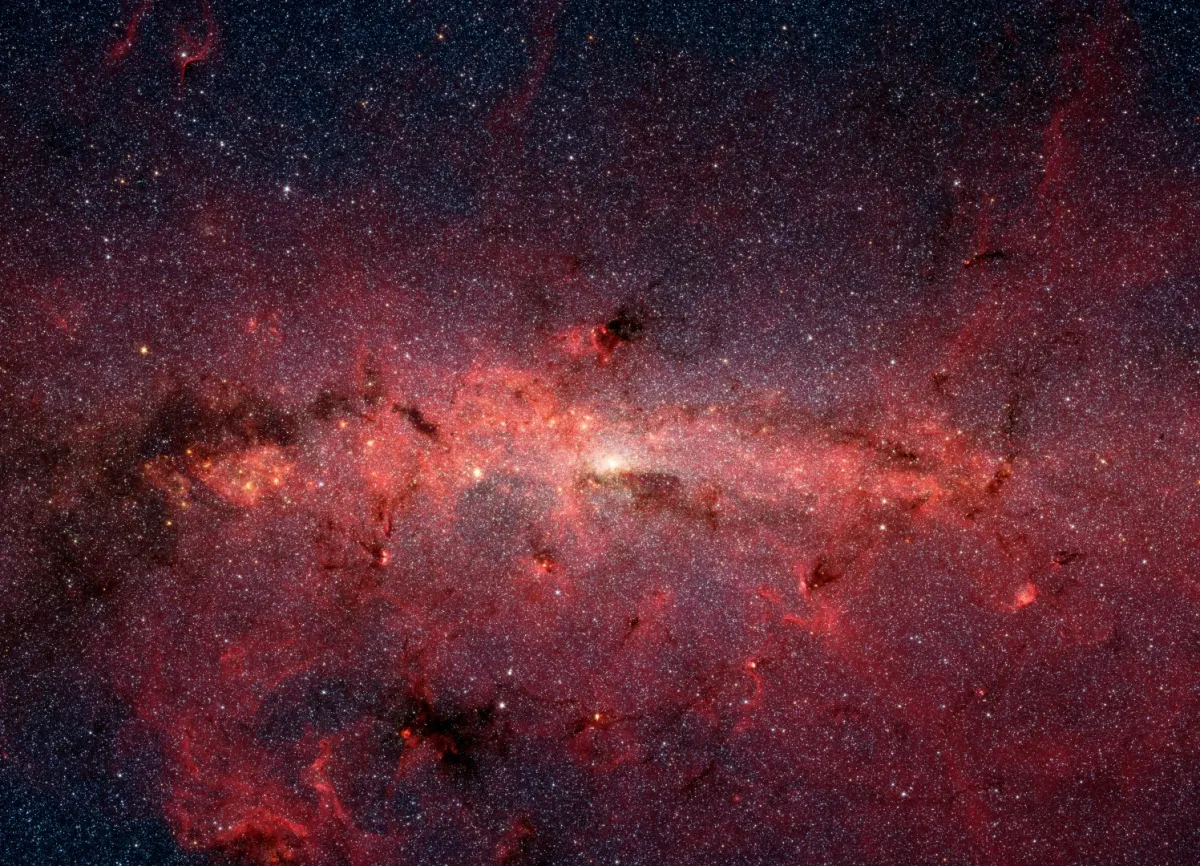Archaeology of the Milky Way
Ambitious students will investigate optimal ways to measure the stellar properties (eg Teff, age, mass) and chemical composition of this immense amount of data.
Research themes
Project status
Content navigation
About

Astronomers at The Australian National University, in collaboration with Australian and international colleagues, have recently embarked on the most ambitious stellar census of the Milky Way ever undertaken. The GALactic Archaeology with HERMES (GALAH) survey will determine the detailed chemical composition of one million stars with the new HERMES spectrograph on the Anglo-Australian Telescope.
GALAH will enable us to piece together the chemical enrichment of the Galaxy throughout its history, in particular in combination with observations with the Gaia and Kepler satellites. The goal of GALAH is to unravel the full star formation, chemical, dynamical and merger/accretion history of the Milky Way. Since all star-forming regions are expected to have their own characteristic nucleosynthetic fingerprints, we will use these spectroscopic tags to identify which stars were born together even if they are now since long dispersed throughout the Galaxy – we will find the lost solar siblings.
We are seeking ambitious students to help with the analysis of this immense amount of data. In particular you would be investigating optimal ways to measure the stellar properties (e.g. temperature, gravity, masses, ages) and their chemical compositions. In terms of specific scientific applications there are a large number of key astrophysical questions that can be addressed through GALAH, including tracing the production of the biogenic elements C and O, searching for stars originated in cannibalized dwarf galaxies, investigating the chemical dimensionality of stars, and temporally studying the enrichment of neutron-capture elements using asteroseismic ages from Kepler. The scientific exploitation will be in collaboration with the broader GALAH team. Students will also have ample opportunities to participate in the observations with the Anglo-Australian Telescope.
